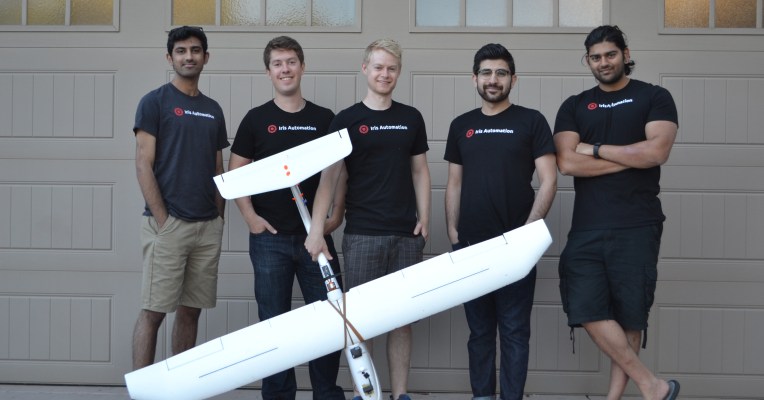 Iris Automation Inc. has raised $1.5 million to bring “sense and avoid” technology, and truly self-flying capabilities, to drones used for industrial tasks.
Iris Automation Inc. has raised $1.5 million to bring “sense and avoid” technology, and truly self-flying capabilities, to drones used for industrial tasks.
Even for human pilots, identifying obstacles and deciding precisely how to maneuver a fast-flying aircraft around them poses a serious challenge. Iris’ technology analyzes and draws insights from videos captured by cameras onboard a drone in real time. “We’re designing this to work like a human pilot’s vision and decision-making process,” says Iris Automation CEO and co-founder Alexander Harmsen.
Iris Automation , a Y Combinator company, is not alone in the quest to develop computer vision systems that can make unmanned aerial vehicles, and eventually other robotics and vehicles, truly autonomous. Competitors to Iris in the drone industry specifically include SRI spin-out Area 17 (also known as a17), Intel RealSense Technology, Parrot’s SLAMdunk systems and DJI’s Guidance systems.
Harmsen said Iris is building its technology for original equipment manufacturers that don’t have in-house expertise to build their own collision avoidance systems. Iris’s own R&D director Alejandro Galindo holds a PhD in computer vision from INRIA Labs in France, the CEO noted, and other early employees have backgrounds in mechatronics, firmware engineering and sensor fusion.
Start
United States
USA — software Iris Automation raises $1.5 million to help drones sense and avoid obstacles






